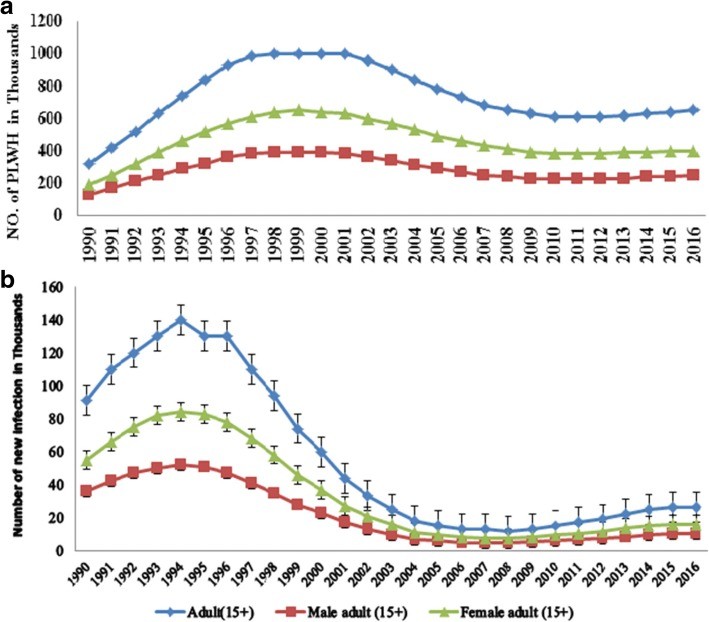The HIV/AIDS epidemic disproportionately affects women, particularly in Sub-Saharan Africa. This article explores the vulnerability of women to HIV and AIDS compared to men, examining prevalence, infection rates, treatment access, and mortality.
Gender Disparity in HIV Prevalence and Infection Rates
In 2016, women accounted for 61.5% of adult HIV cases in Ethiopia. Young women (15-24) are particularly vulnerable, representing 57.5% of cases in their age group. HIV prevalence is 1.62 times higher in adult women than men in Ethiopia. This disparity is significantly greater than global averages. Biological factors, such as the prolonged presence of infected semen in the vaginal canal and a larger exposed mucosal surface area, contribute to women’s increased susceptibility.
Socioeconomic Factors and HIV Vulnerability in Women
Beyond biological factors, socioeconomic factors significantly impact women’s vulnerability to HIV. Gender inequality, sexual coercion, violence, lack of education, and economic dependence increase women’s risk of exposure. Harmful traditional practices and limited access to healthcare further exacerbate the problem. These factors hinder women’s ability to negotiate safe sex, access prevention methods, and seek timely treatment.
Gender Disparity in HIV Treatment and Care
While the overall coverage of antiretroviral therapy (ART) has expanded significantly in Ethiopia, with relatively equal access for men and women (62% vs. 61% respectively in 2016), disparities persist. The integration of ART with existing healthcare programs and community health worker involvement have been crucial in expanding access. However, overall coverage remains below the 90% target recommended by global health organizations.
Gender Differences in AIDS-Related Mortality
In 2016, 61% of AIDS-related deaths in Ethiopia were among women. While AIDS-related mortality has declined significantly since 2004, largely due to increased ART access, the rate of decline has plateaued in recent years. Delayed diagnosis, limited treatment access, and the social stigma associated with HIV contribute to higher mortality rates in women.
Conclusion: Addressing the Vulnerability of Women to HIV
Women are disproportionately affected by HIV/AIDS compared to men. Addressing this disparity requires a multi-pronged approach that tackles both biological and socioeconomic factors. Empowering women, promoting gender equality, increasing access to education and healthcare, combating violence against women, and expanding HIV prevention and treatment programs are essential to reducing women’s vulnerability to HIV and AIDS. Focusing on vulnerable populations, particularly young women and adolescents, is crucial for effectively combating the epidemic.

